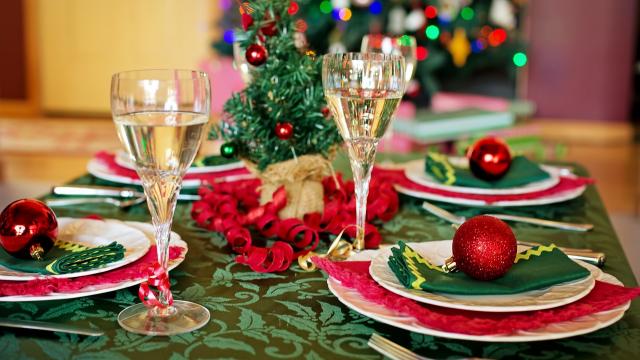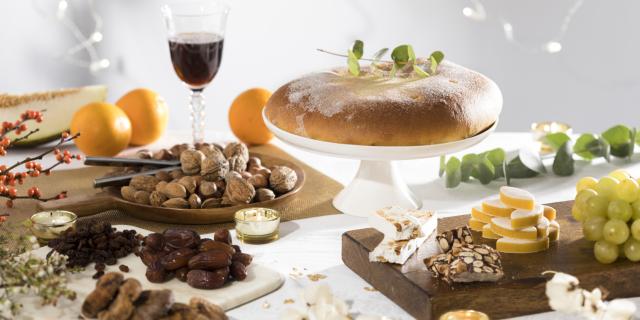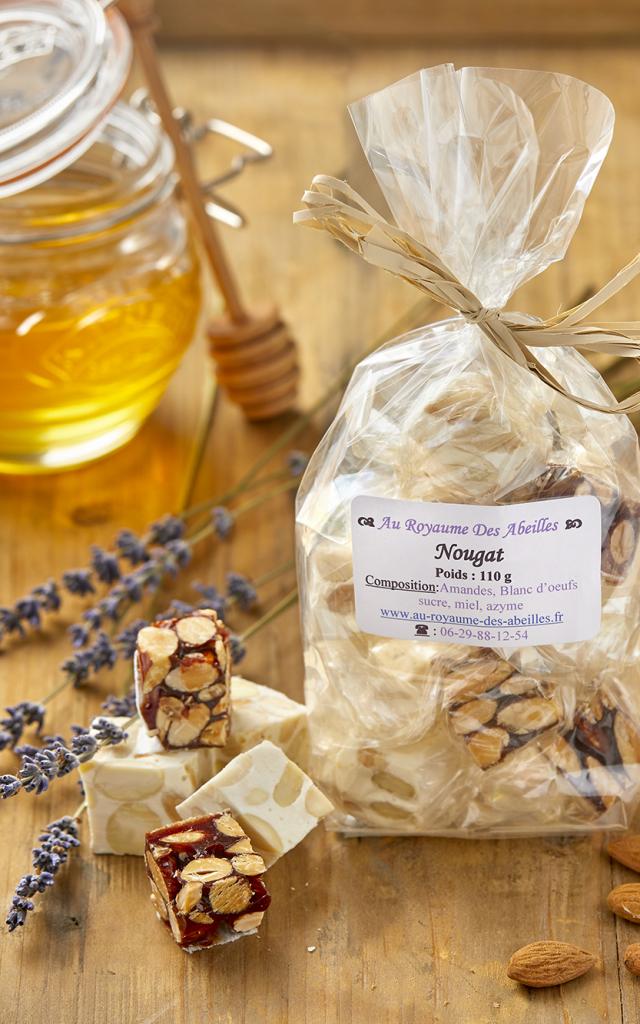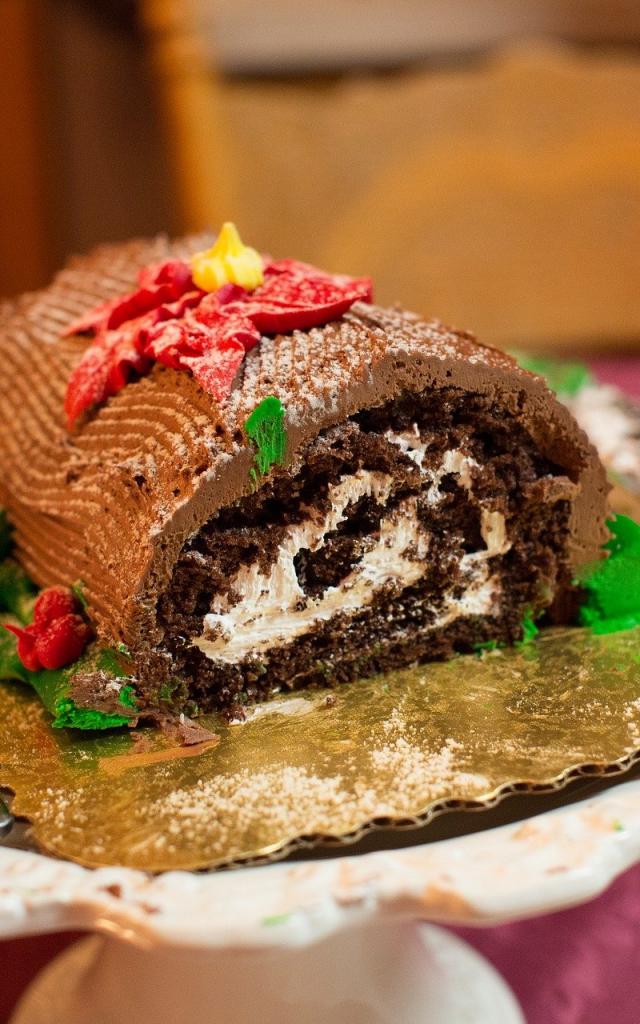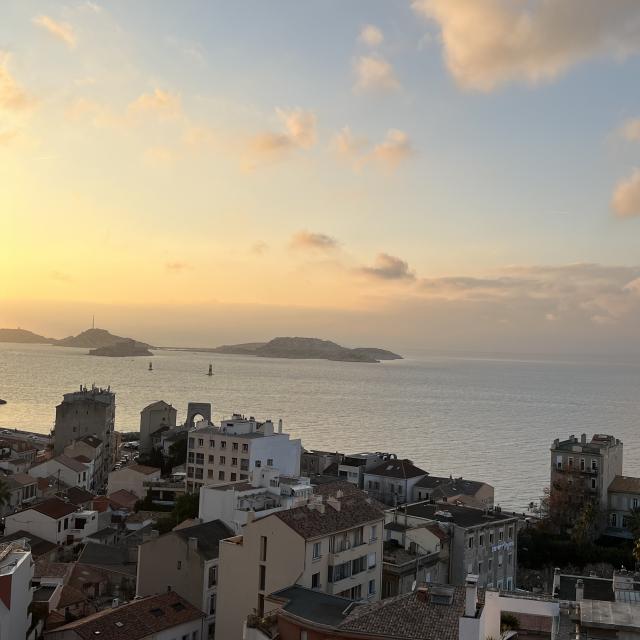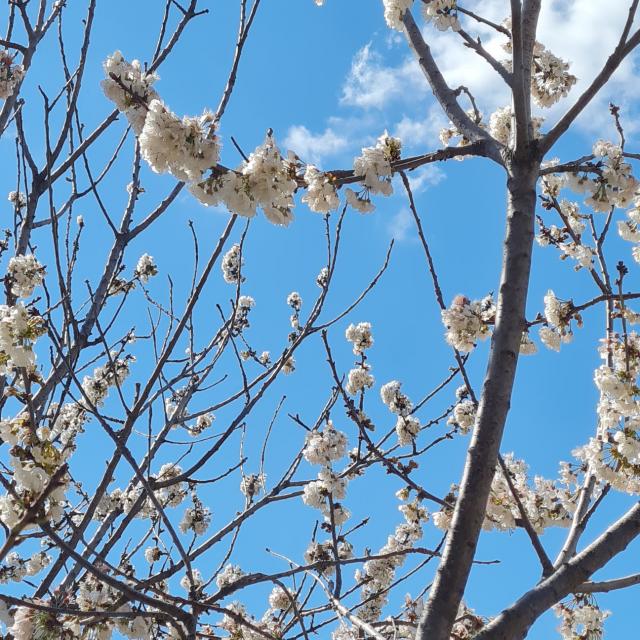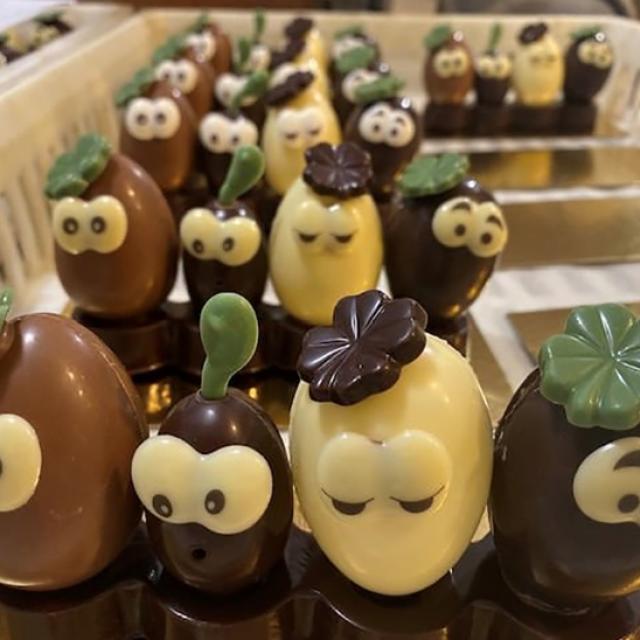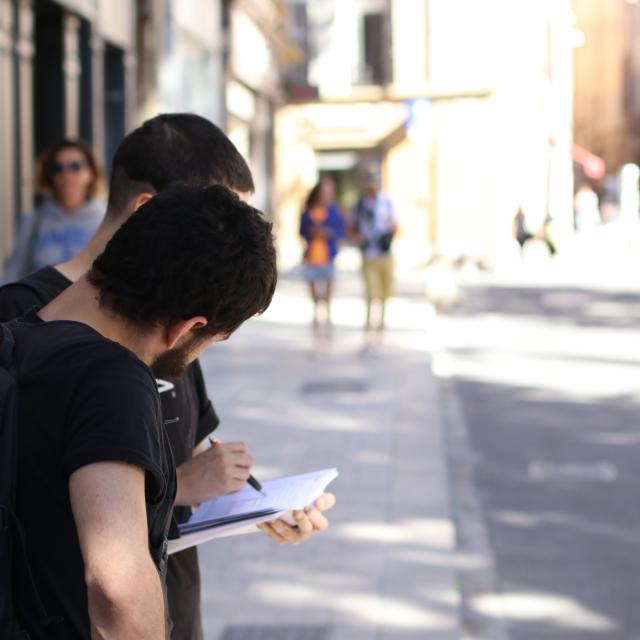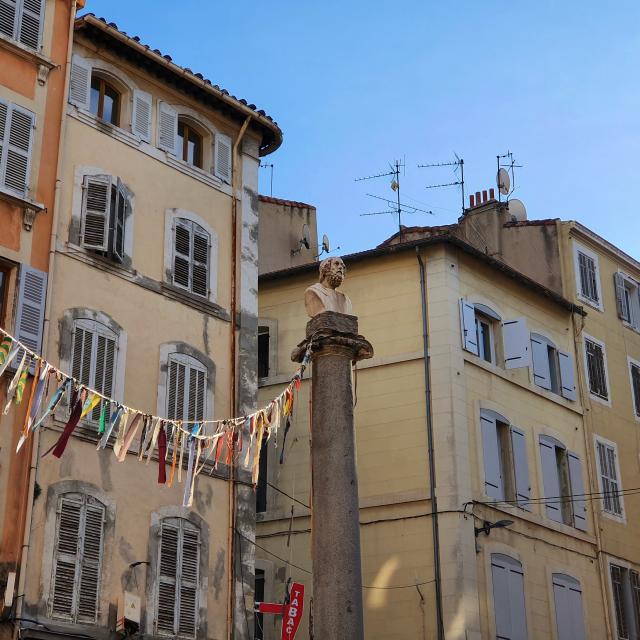A bit of history
This tradition, which first started in 1925, consists of serving 13 desserts or calenos at the end of the big Christmas dinner. But why not 12 or 14 of them?
It is in fact a reference a religious reference, as religion is a core value in Provence: Christ having taken his ‘last supper’ with his 12 apostles before being crucified, 12 desserts for the latter and one for Christ. These thirteen desserts must be arranged on three tablecloths, in surrounded by three candles (or candleholders), and three cups holding sprouted wheat of Saint Barbara (symbol of the Trinity). The desserts are eaten after the midnight mass and will remain on the table for the three days following the ‘Great supper’.
